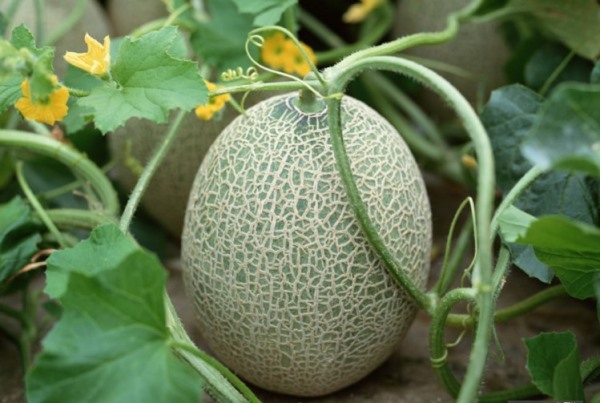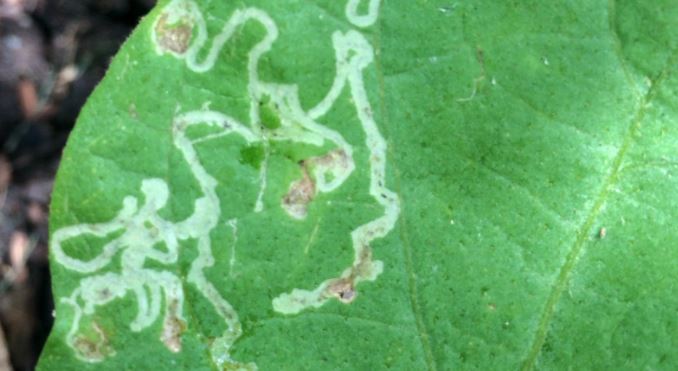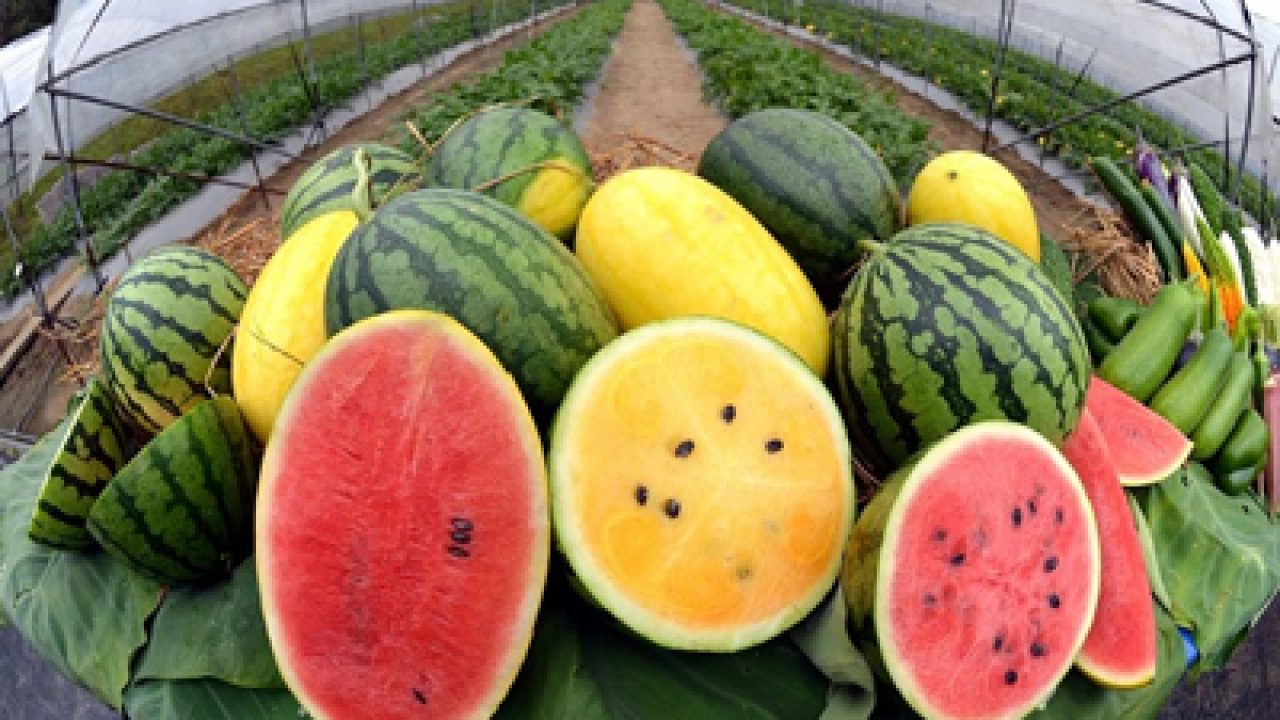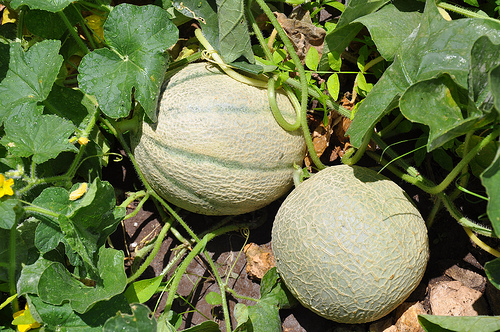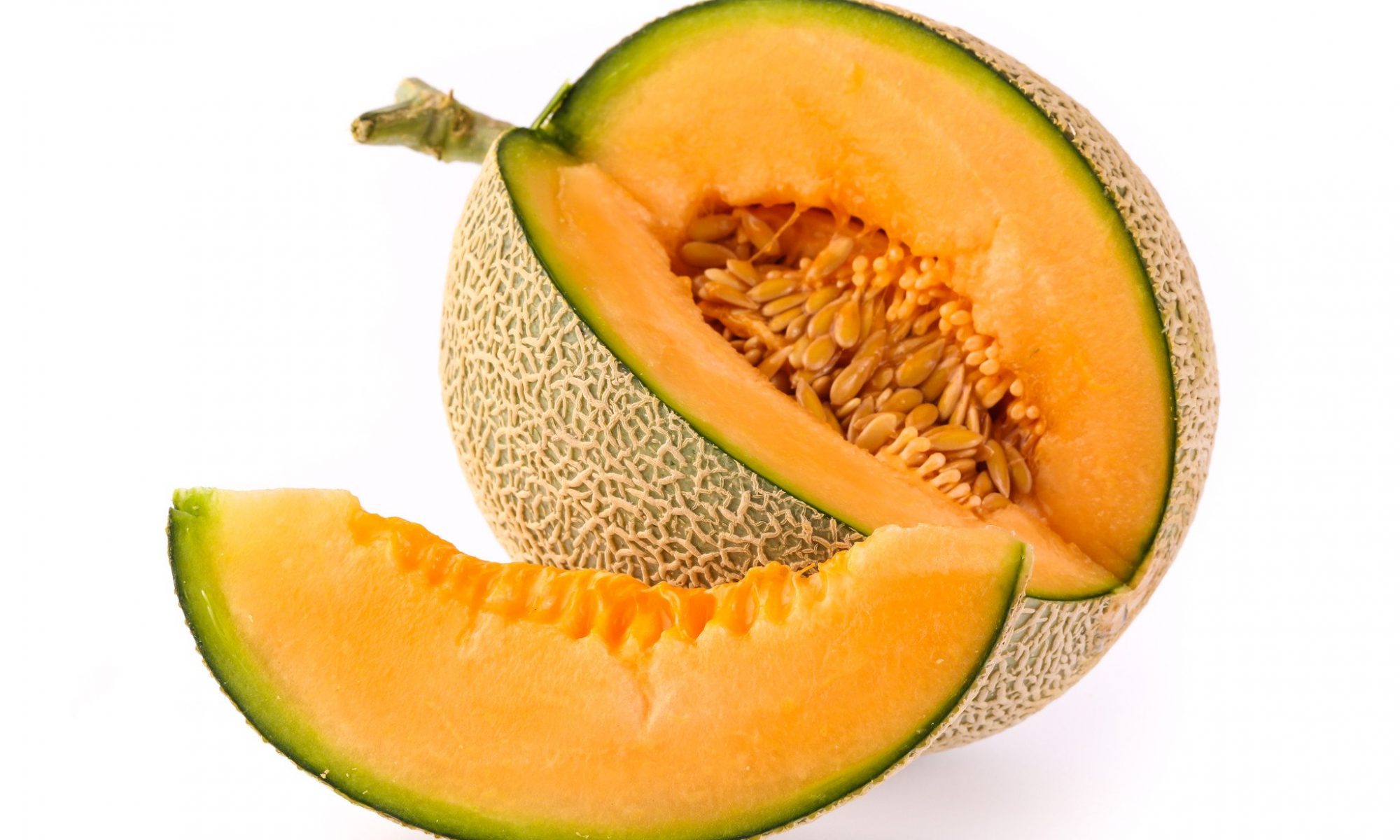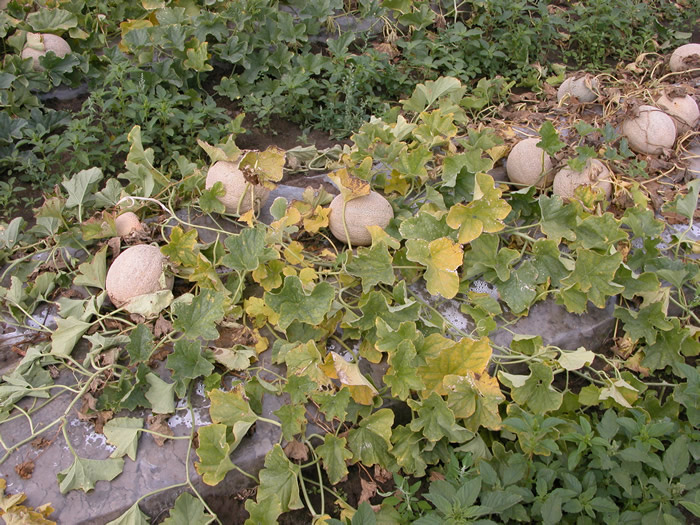- Azotobacter is an independent nitrogen fixation bacteria.
- This bacterium keeps the nitrogen of the atmosphere continuously stored in the ground.
- Use of this does not cause yellowing of leaves in cucurbit crops.
- In cucurbit crops , fruit development and growth of plants are good.
- When it is used, 20% to 25% of nitrogen is required per crop.
- These bacteria increase germination percentage of seeds.
- Helps to increase the quantity of roots and length of stem.
Controlling leaf miner can increase production in melon crop
- Affected plants during the growing season to be withdrawn and destroyed.
- Spray Wapkill (Acitamprid) @ 100 gm/acre or
- Confidor(Imidacloprid ) @ 100 ml + 250 gram beauveria bassiana/acre or
- Spray Thiamethoxam 12.6% + Lambda Cyhalothrin 9.5% ZC @ 100gm/acre or
- Spray Abacin (Abamectin 1.8% EC) @ 150 ml/acre
Identification of leaf miner on muskmelon crop –
- Adults leaf miners look like small black and yellow flies.
- Larvae exit from the leaf after completion of their development and then pupate axles on plants.
- Females puncture the leaf to feed plant sap and lays eggs within the leaf tissue.
- This damage restricts the plant growth and results in reduced bulb yield and loss of vigour.
- Tunnels or mines can be seen in the leaves.
Pinching in watermelon and muskmelon crop
- Pinches are made to prevent overgrowth of watermelon from the plant.
- When there is enough fruit on the oxen of watermelon, then there should be a solution to pinch, which can prevent the bull from failing.
- Pinching and cutting unwanted wounds results in good nutrition for the fruit and the development of the fruits is good.
- If there are too many fruits on a vine, then remove the small and weak fruits so that the normal fruit gets better.
- By removing unnecessary branches, watermelon gets complete nutrition and it grows very fast.
Management of fusarium crown and foot rot disease in muskmelon crop –
- Destroy infected plants and plant debris.
- Use of disease-free seed.
- Seed treatment with carbendazim @ 2 gm/kg seeds before sowing.
- Use Propiconazole 25% EC @ 80-100 ml/acre when the disease appears on the muskmelon plant.
Identification of fusarium crown and foot rot disease in muskmelon crop
- Diseases are more common in sandy soil.
- The plant shows a distinctive dark brown necrotic rot of the crown and upper portion of the taproot.
- This decay extends around the stem and girdles the plant.
- The affected area turns soft and mushy
- affected plants show wilting symptoms
Harvesting of muskmelon
- Depending on the variety and agro-climate, melon will be ready to peak fruit in about 110 days.
- The phase of maturity is usually identified with the outer colour change of the fruit, and if the peel becomes soft, Ripe fruit is easily removed from the vine.
- The melon is harvested by hand.
Like and share with other farmers by clicking on the button below.
ShareIrrigation management in muskmelon
- During summer, irrigate the crop every week.
- The irrigation should be as light as possible.
- At the time of fruit maturity water should be given when it is very necessary.
- Overflooding should be avoided as the fruit oncoming contact with moist soil gets spoiled.
Like and share with other farmers by clicking on button below
ShareSowing and seed rate in muskmelon
- Dubbing method and transplantation method is used for sowing melon.
- Sow the melon seeds on a 3-4 meter wide bed.
- Sow two seeds together and keep a distance of 60 cm between beds.
- Insert the seed at depth of about 1.5 cm.
- For sowing in one acre land 300- 400 gm seeds are required.
Like and share with other farmers by clicking on button below
ShareControl of fusarium wilt in muskmelon
- Muskmelon plants get infected early in the season and they do not produce more fruit.
- The first signs of fusarium wilt appear on older leaves. Leaves are yellowing and dry. The symptoms of this disease are most clearly seen during the heat of the day.
- Brown cracks are visible in the stem, from which the brown red-coloured exudate.
- Use the disease-free seed for sowing.
- Plough the fields deep, destroy the weeds and make proper drainage.
- For the effective control of fusarium wilt use the Propiconazole 25% EC @ 200 ml/acre or thiophanate-methyl 70 % WP @ 250-500 gm/acre.
Like and share with other farmers by clicking on button below
Share

